How To Start A Compost Bin Or Pile In Your Backyard – Everything You Need To Know
Composting is great for your garden and easy to learn. Start a compost pile or bin today with our expert step-by-step guide.

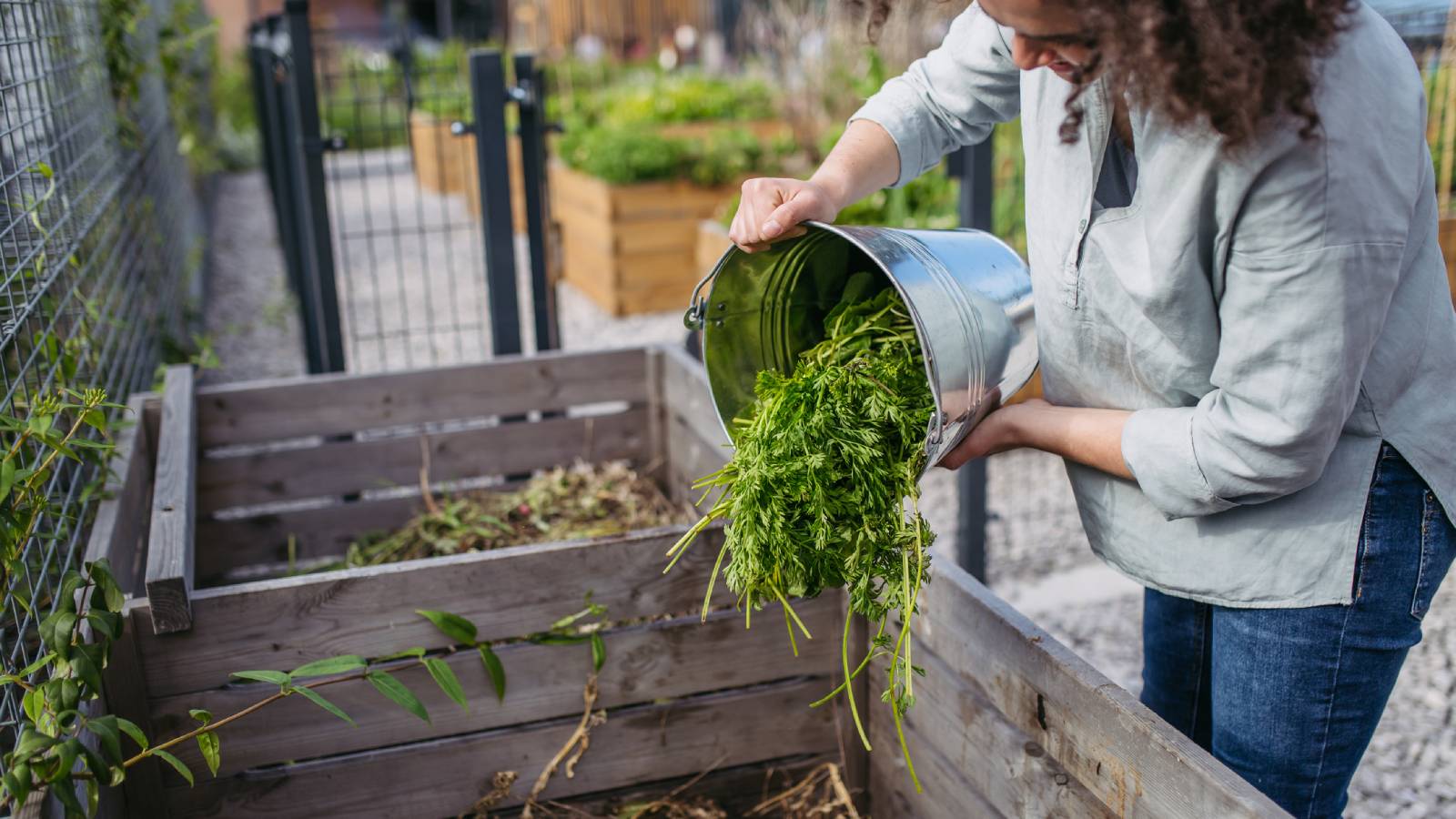
When I was a child, I dreamed of having a magic wand and turning unwanted stuff into treasures. Now, as a mature gardener, I’ve found that magic wand, and it’s called my compost bin.
Laugh if you will, but learning how to start a compost bin lets you turn kitchen scraps and garden detritus into organic compost. That may not achieve “treasure” status but then again… have you checked the price at a garden store lately?
If you’ve been thinking of starting a compost pile and scrolling the internet to learn how to compost at home, you’ve found what you are looking for. Read on for all the details you need on starting a compost bin or pile.
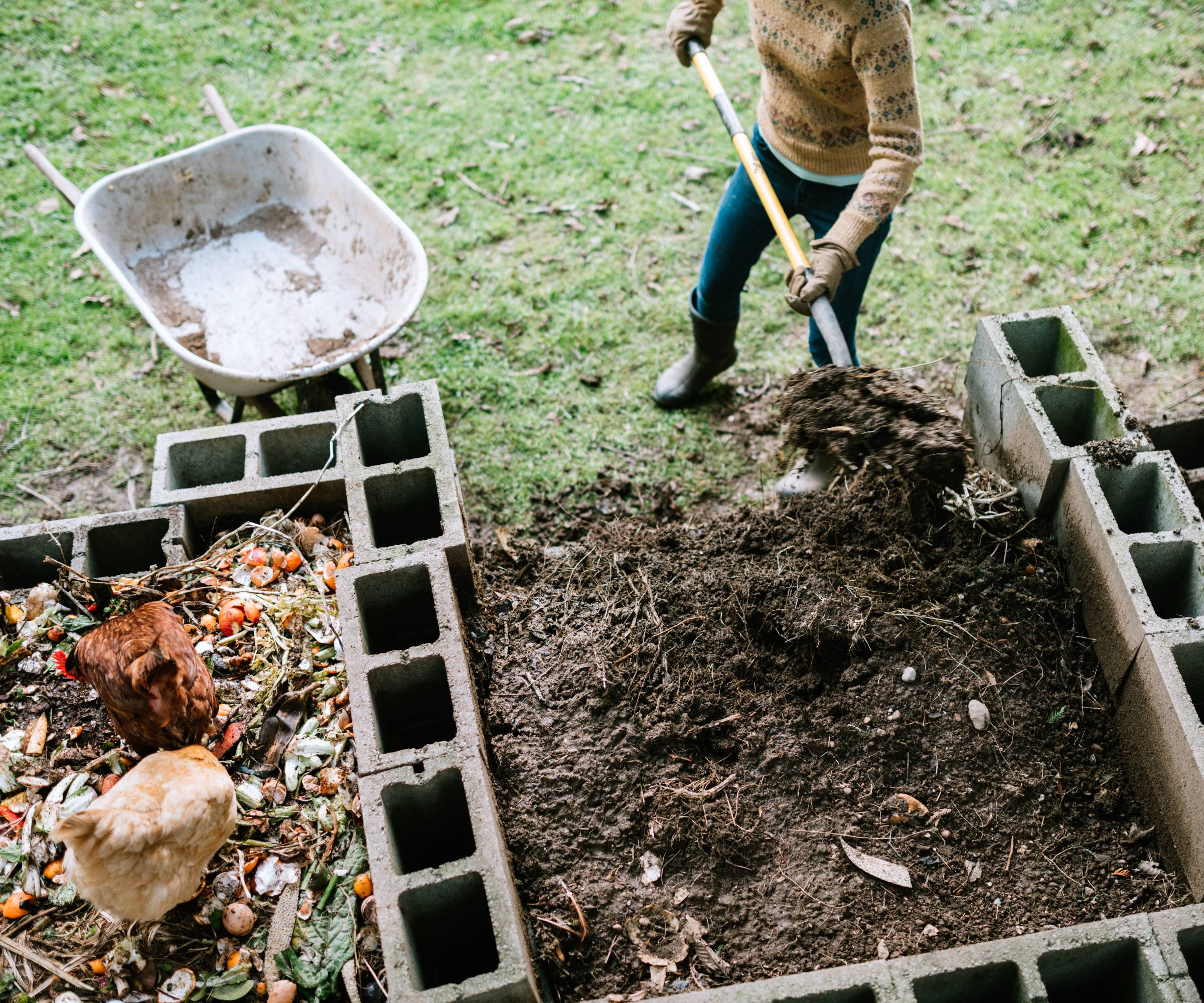
Benefits of Starting a Compost Bin
Most things have benefits and detriments. For example, having a car allows you to travel distances (benefit) but isn’t good for the environment (detriment.) But with composting, it’s all in the benefit column.
To start, aside a space in the garden for a compost pile or to place a compost bin, and add organic materials. You will need to learn what can be composted to maintain a healthy pile. Composting food waste – like fruit and vegetable scraps, coffee grounds, corn cobs, and eggshells – is a great starting point, but composting yard waste like dry leaves and grass clippings is also important.
You turn the pile, you water it, you leave it in the sun, and it transforms into a product that makes your garden grow like… well, like magic.
How does it work? The composting process heats up the pile of detritus and hastens the natural decay process. Compost bacteria break down all the materials into the end product – finished compost looks like dark, healthy soil. This can happen in a few months with the right compost mix, sun exposure, and water.
Sign up for the Gardening Know How newsletter today and receive a free copy of our e-book "How to Grow Delicious Tomatoes".
You need to know how to use compost in the garden to get the best out of it. Blending this compost into your soil changes its consistency so that it holds moisture better, lets more air through, drains better, and provides more nutrients to plant roots, decreasing the need for fertilizer. You can also mulch with compost, laying it on top of the soil to hold in moisture, protect plant roots from heat and cold, hold the topsoil in place, and stop weeds from taking over.
The downside to starting a compost in the backyard? Well, the garden store won’t earn quite the level of profits from you that they might have been hoping for.
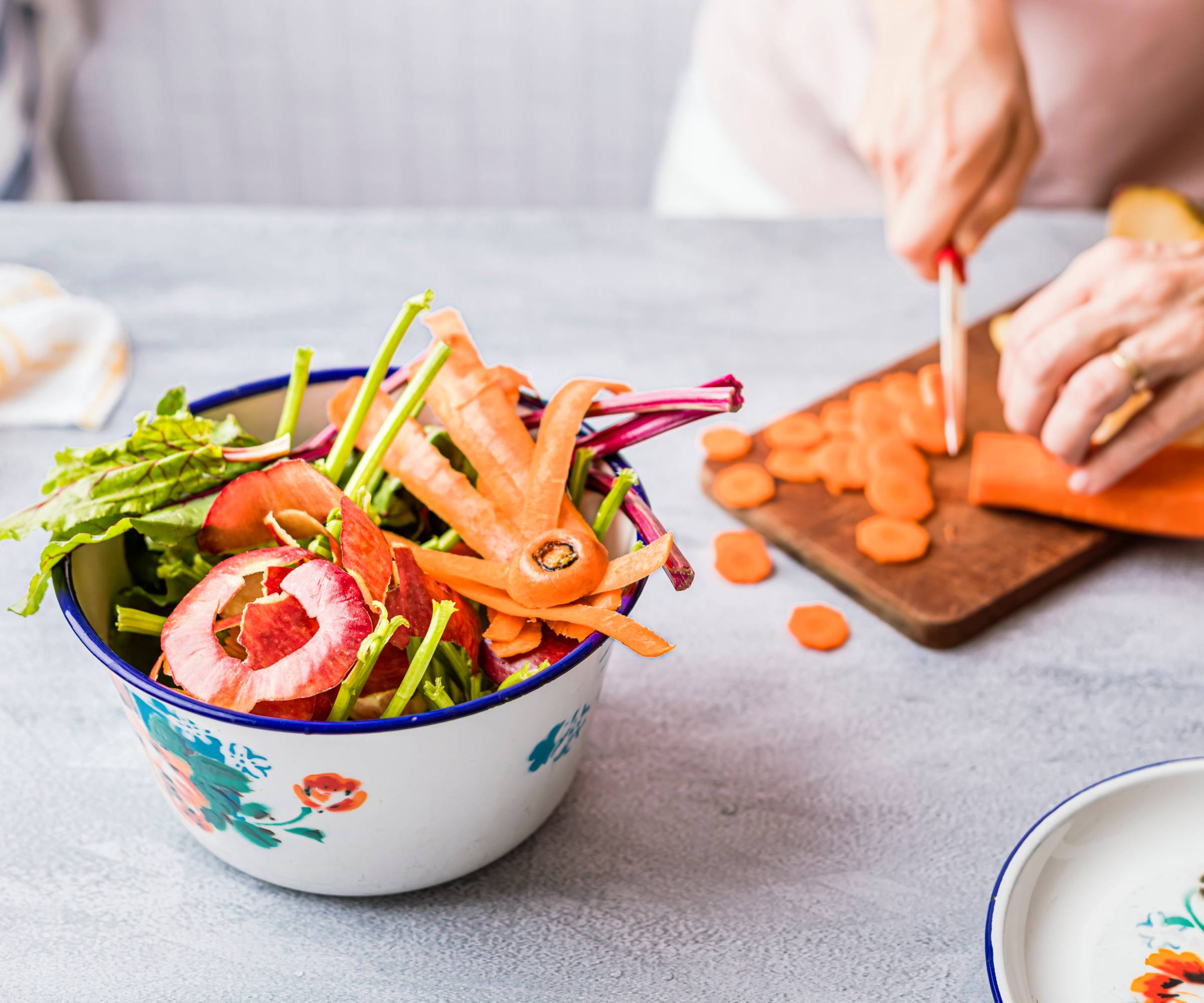
How to Start a Compost Bin or Pile
Ready to start a compost bin or pile? Let’s start!
Select Your Composting Style
This may be the only difficult decision you have to make when you are getting into home compost: deciding on your compost style. Compost areas can range from free compost piles, requiring only a cleared space in a sunny corner of the garden, or a basic compost trash can, to a fancy bin that you can rotate costing hundreds. When choosing the best compost bin, most of us draw the line somewhere between.
I personally built a wooden compost “pen” without a bottom or top in my San Francisco backyard. This is a step up from simply using a pile. In France, I have a large, plastic bin. It looks like a huge garbage can but has drain holes in the bottom. My neighbor has a fancy bin elevated on hinges so that it will rotate to blend the compost effortlessly.
Your compost style is up to you, the energy you want to expend, and your wallet. The compost you get at the end will be the same.
Choose a Location
The best place for a backyard compost area is somewhere you are going to use it, but slightly out of the main area since the compost can smell a bit. A garden location is useful since most of us use compost for our veggie or flower planting. Since you’ll need to add water in dry, hot periods, make sure the location is within reach of the hose, but don’t pick a spot with standing water.
I like to put compost in an area with dappled sun, but a shaded area is okay as well. If you have trees in your landscape, you may regret placing a compost pile too close, since tree roots will be attracted to the organic material, grow into the area, and make the compost pile unusable. You’ll want enough flat space for a compost pile to be at least 3 feet by 3 feet (1m by 1m) in order to function efficiently. You don't need much space – you can even have a balcony compost bin!
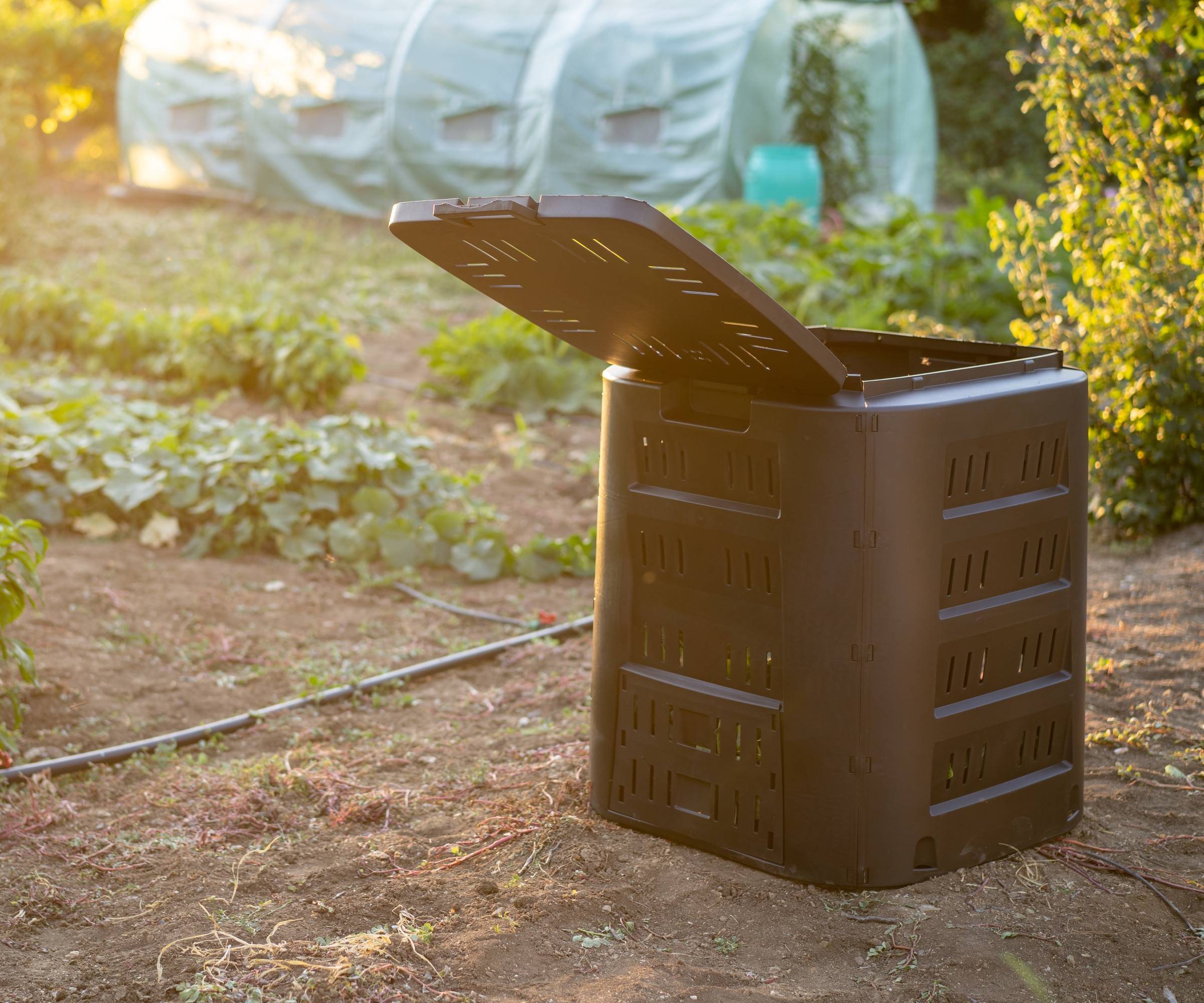
Build Your Compost
There are two primary categories of material you use to build your compost, known as compost greens and browns. While the colors are useful for describing the material, note that not all green material is green, nor is all brown material brown.
Green materials are those that are rich in nitrogen, while brown materials are those that are rich in carbon. This includes kitchen scraps from plants – veggies, fruits – eggshells, grass clippings, and fresh yard clippings. You can't compost meat or animal products, which includes dairy. Brown materials can be fallen leaves and twigs, coffee grounds, sawdust, and paper.
Layer your materials in the style of lasagna composting: a layer of brown, moistened with water, then a layer of green, followed by a sprinkle of water. The brown-to-green ratio should be about 2:1, but precision is overrated here. Some people add some garden soil between green and brown layers too.
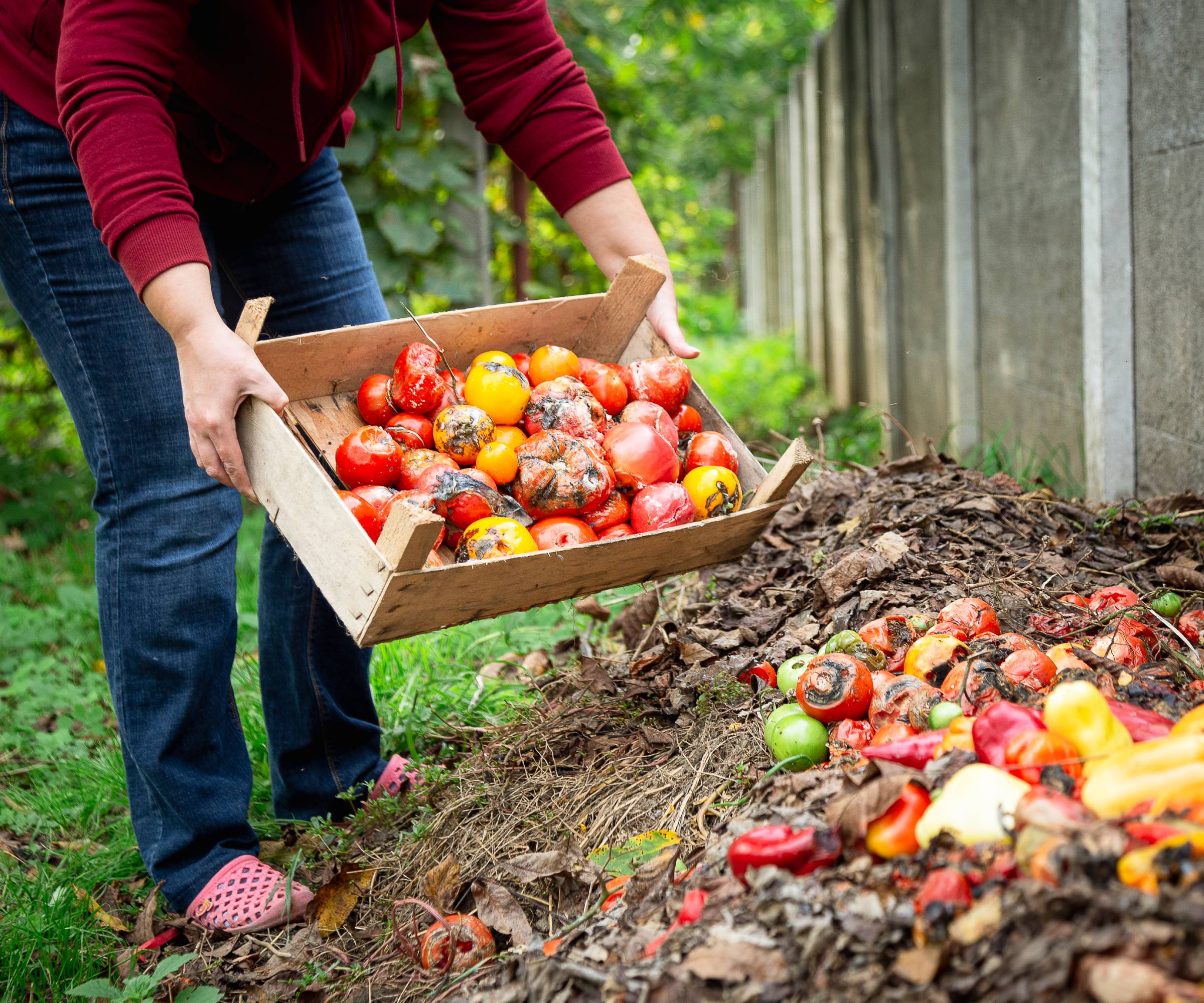
Maintain Your Compost
Your compost pile never sleeps – it is busy decomposing the material all day and all night. You need to help it get its work done. While most of the water needed will come from rain, count on watering down the pile or bin once a week.
Over time the pile will heat up as decomposition takes place – the correct compost temperature must be achieved to break down the material.
Turning compost is necessary to move the materials from the bottom of the pile up to the top and bring air into the mix. Schedule this every month.
Learn how to clean a compost bin in between cycles to minimize disease, pests, and odors.

Frequently Asked Questions
What do I put at the bottom of my compost bin?
Generally, a brown layer goes on the bottom of the compost bin. But if you accidentally start with a green layer, it will all be the same anyway, given your schedule of turning the material.
What time of year should you start composting?
I started my composting in spring, but that’s just because it’s easier to get on with projects in spring as the weather turns toward summer. Any time of the year is a great time to get started.
Do I need enzymes to start a compost bin?
No, you don’t. Although some experts may recommend this, it really isn’t necessary. Composting is a natural process and Mother Nature will have everything she needs to get it underway.

Teo Spengler is a master gardener and a docent at the San Francisco Botanical Garden, where she hosts public tours. She has studied horticulture and written about nature, trees, plants, and gardening for more than two decades, following a career as an attorney and legal writer. Her extended family includes some 30 houseplants and hundreds of outdoor plants, including 250 trees, which are her main passion. Spengler currently splits her life between San Francisco and the French Basque Country, though she was raised in Alaska, giving her experience of gardening in a range of climates.